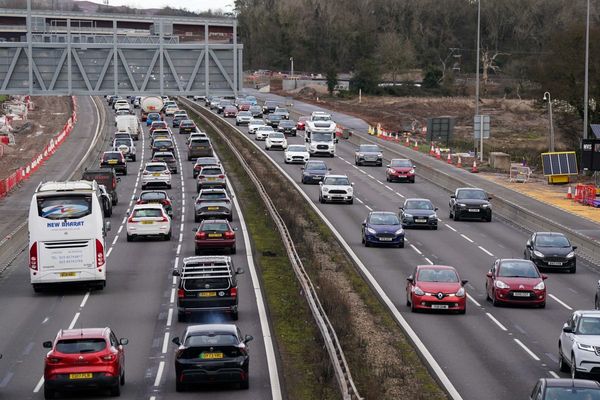U.S. mortgage rates rose the highest levels in more than two years last week, an industry lobby group said Wednesday, while elevated prices and tighter loan restrictions are squeezing first time buyers in the still-hot housing market.
The Mortgage Bankers Association said 30-year fixed rates for conforming loan balances of less than $647,200 rose 10 basis point to 4.9% for the week ending on April 1, a move that takes the benchmark rate to the highest since December of 2018 and more than 1.5% higher than over the same period last year.
The MBA's seasonally-adjusted Purchase Index, which tracks mortgage applications for the purchase of a single-family home, fell 3.4% -- taking its annualized first quarter decline to around 23% -- while its refinancing index slumped 9.9% as homeowners backed away from accessing higher rates. New applications were down 9.2% to the lowest levels since 2019, the MBA said.
“Mortgage application volume continues to decline due to rapidly rising mortgage rates, as financial markets expect significantly tighter monetary policy in the coming months," said the MBA's associate vice president of economic and industry forecasting Joel Kan.
"The hot job market and rapid wage growth continue to support housing demand, despite the surge in rates and swift home-price appreciation," he added. "However, insufficient for-sale inventory is restraining purchase activity. Additionally, the elevated average purchase loan size, and steeper 8% drop in FHA purchase applications, are both indicative of first-time buyers being disproportionately impacted by supply and affordability challenges.”
The Federal Reserve's signaling on higher rates, which has lifted mortgage costs by around 160 basis points since the start of the year, is adding to affordability concerns as house prices remain elevated thanks in part to a dearth of new inventory.
The National Association of Homebuilders says there is a worrying backlog of houses that are ready and approved for construction but aren't yet built as supply chain pressures, lumber prices and demand concerns keep builders cautious.
The Commerce Department also published data showing the average median price of a new home rose 10.7% from last year to $400,600 in March, even as new home sales fell 2% to a seasonally-adjusted annual rate of 772,000 units.
"We'd be surprised to see home prices fall this year, because inventory is so low that it will take time for it to rise to a level consistent with moderate 4-to-8% price increases, never mind outright declines," said Ian Shepherdson of Pantheon Macroeconomics. "But the plunge we expect to see in home sales will be noticed, and it will make markets rethink their collective view on just how quickly the Fed needs to hike."
"This view is the key reason why we are not rushing to leap onto the bandwagon of ever-more aggressive Fed rate hike expectations," he added.







